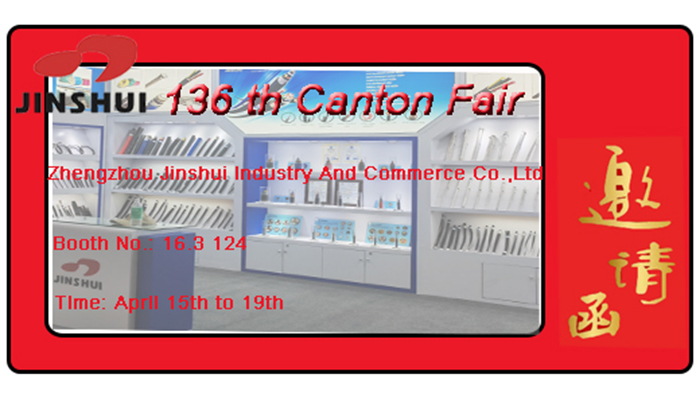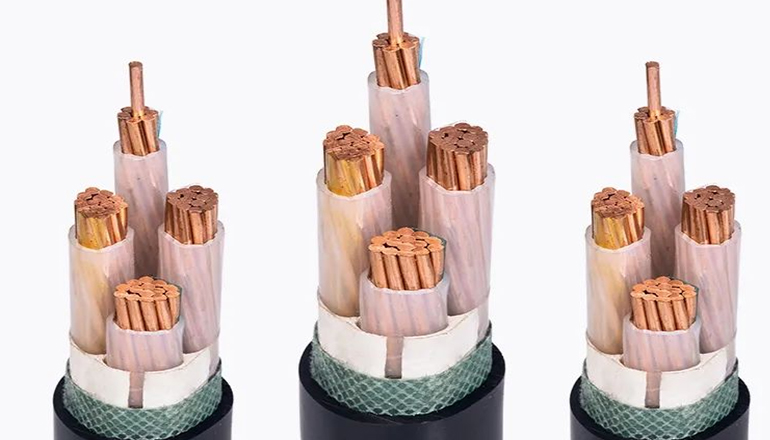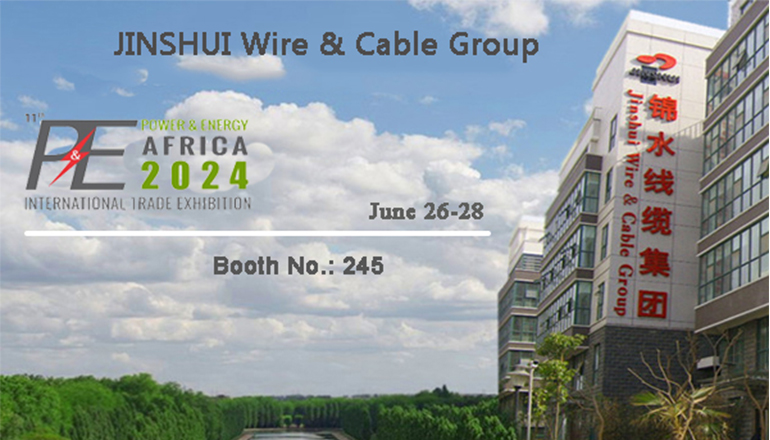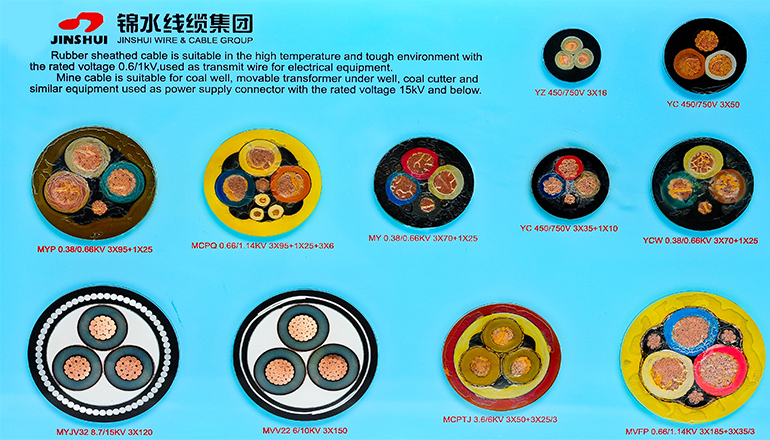- Offices Time:24 Hours Online
- Email:[email protected]
- WhatsApp:+8618339938759
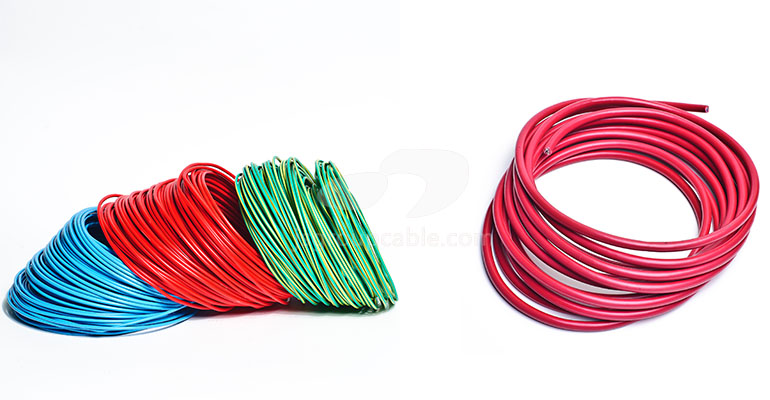
Posted on September 28, 2022
Common types of PVC insulated cables
PVC insulated cable and wire products are divided into unsheathed cables for fixed wiring, sheathed cables for fixed wiring, light unsheathed flexible cables, general-purpose sheathed flexible cables, installation wires and shielded wires, special-purpose sheathed flexible cables Cables, PVC insulated flame retardant/fire resistant cables and other products.
The wire and cable industry is an important supporting industry for my country’s economic construction. It is widely used in various fields of the national economy. It occupies a large proportion in the electrical industry and is the second largest industry in the machinery industry after the automobile industry. Among them, the wires used in interior decoration are mainly PVC insulated cables with rated voltages of 450/750V and below. Common types of PVC insulated cables are as follows:
1.VV and VLV: VV is the full name of copper core conductor PVC insulated PVC sheathed power cable, which is a very common type of power cable and is used for power transmission. VLV, the conductor material is aluminum, and others are the same as VV. There are also VV22 and VV23 armored VV cables.
2.RV: the full name of copper core conductor PVC insulated flexible cable, RV cable has a wide range of applications in the field of industrial power distribution, especially suitable for flexible installation places with strict requirements, such as electric control cabinets, distribution boxes and various low-voltage electrical equipment , which can be used for the transmission of power, electrical control signals and switching signals.
3.RVV:the full name of copper core conductor PVC insulated PVC sheathed flexible cable, is composed of two or more RV wires plus a layer of PVC sheath. RVV wires are the most commonly used cables in weak current systems. They are mainly used in flexible places such as medium and light mobile appliances, instrumentation, household appliances, and power lighting. They can transmit control signals and power signals. They are also suitable for laying on bridges and cables. in the hose.
4.ZR-RVV: Flame retardant RVV cable, with four flame retardant grades of ZA/ZB/ZC/ZD. It is an upgraded version of RVV with flame retardant materials added during production.
5.RVVP and RVSP, RVVP and RVSP are upgraded versions of RVV, RVVP is a shielded cable with a shielding layer added between the insulation and sheath, RVSP is two core wires twisted, and then added a shielding layer, commonly known as Shielded twisted pair, the purpose of adding a shielding layer is to shield electromagnetic interference.
6.BV, BLV and BVR: referred to as plastic copper wire, the full name is copper core conductor PVC insulated cloth wire. Cables and wires used for AC voltage 450/750V and below power plant, household appliances, instruments and telecommunication equipment. BLV is aluminum core. BV and BVR are different in conductors. BV is a hard conductor cable, BVR is a soft conductor DIANL, and the conductor is a multi-strand soft copper wire.
7.BVV and BVVB:BVV copper core conductor PVC insulated PVC sheathed round wire. BVVB and BVV are different in shape, BVVB is a flat cable.
8.KVV, KVVP and KVVR: KVV stands for copper core conductor PVC insulated PVC sheathed control cable, suitable for wiring of control, signal, protection and measurement systems with rated voltage of 450/750V and below or 0.6/1kV and below. KVVP is a shielded KVV cable, and KVVR cable is a KVV cable with soft core conductors.

The above are several common types of pvc cable-polyvinyl chloride cables. These cables are cables with a large amount of consumption, mature production technology, low production difficulty and many manufacturers. As long as they are not cheap to buy black workshops, to There is basically no problem with the purchase of regular cable manufacturers.
The assessment of wire quality is mainly carried out by professional inspection agencies. The main technical indicators in the report are as follows:
1.Conductor DC resistance. It directly reflects the current carrying capacity of the wire, that is, how much load it can carry. This indicator is related to the conductor material, the conductor cross-sectional area, that is, the diameter of the wire.
2.Finished pressure test. The main assessment is whether the outer insulation of the wire has leakage. This indicator is related to the material and manufacturing process of the insulation.
3.Insulation layer thickness and mechanical properties and other items. Mainly assess the service life of the wire and the use environment. If the insulation thickness is too thin or the core is eccentric, it is easy to be damaged at the thin position during installation or use, resulting in leakage. Wires that use poor quality insulation have a short lifespan.
Preferred products from regular manufacturers and merchants. The wire packaged in a coil should have a certificate of conformity, and the wire body should be printed with the factory name or trademark, voltage, 3C logo, etc.
The conductor materials used for wiring are mainly copper and aluminum. When purchasing, you should first select the corresponding specifications according to the load used. For example, the lighting circuit uses 1.5 square millimeters of copper wire or 2.5 square millimeters of aluminum wire, and air conditioners, microwave ovens, ovens, etc. use 2.5 square millimeters of copper wire or 4 square millimeters. Choose the appropriate size of wire to avoid short-circuit and fire caused by insufficient current carrying capacity of small-size wire. Secondly, pay attention to the quality of the conductor when purchasing. Qualified copper core wire should be made of purple, shiny and soft copper. The copper core of the fake and inferior copper core wire is purple-black, yellowish or white, with many impurities, poor mechanical strength and poor toughness. Short service life.
The outer sheath of the cloth wire is PVC insulating material. Qualified wire insulation should have a smooth appearance and clear printing on the surface. Observed from the wire head, the insulation should be uniform and not eccentric. Some fake and inferior wire insulation looks thick, but in fact, most of them are made of recycled plastic. Over time, the insulation will age and leak electricity.
Post categories
Most Popular Posts
-
The 136th Canton Fair welcomes you to participate!
October 12, 2024 -
High temperature cable introduction
July 26, 2024 -
Kenya Power and Energy Exhibition 2024
June 11, 2024 -
Introduction of rubber sheathed cable
June 5, 2024


